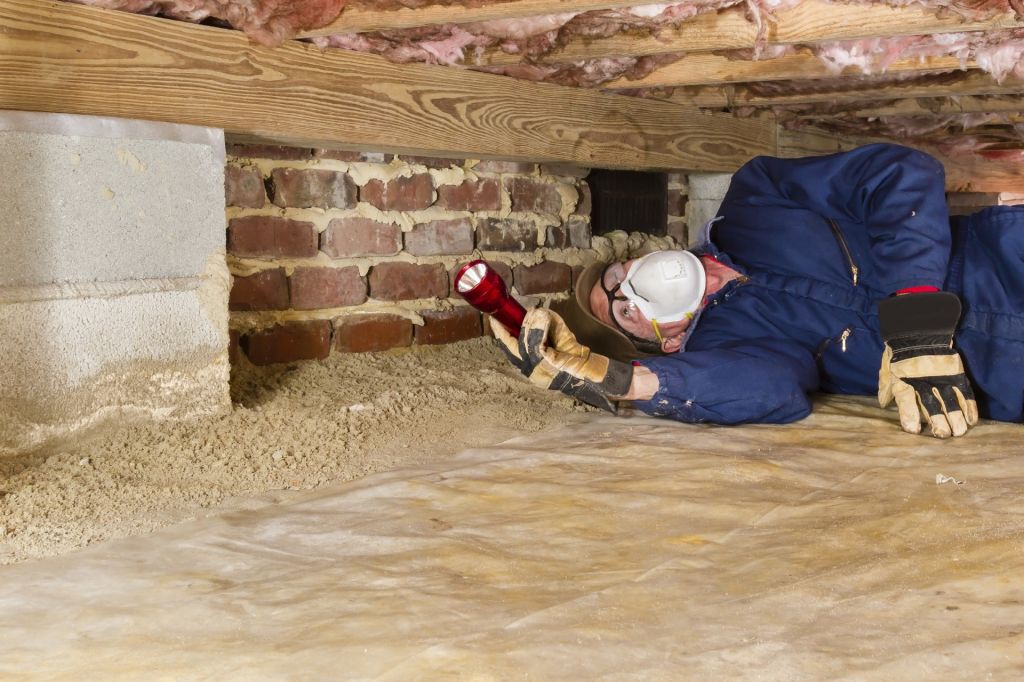Building inspection must haves

Getting a pre-purchase building inspection done is a must, but not all building inspections are alike. Paying for a cursory inspection is a waste of money and it’s unlikely to uncover problems you couldn’t find yourself. A thorough and professional inspection may cost more, but can potentially save you from making a disastrous mistake.
What is a building inspection report?
When you hire a building inspector, you are hiring them to fill out a detailed inspection report for you. As they inspect the property on your behalf, they will have a checklist of areas to inspect. The report will list major and minor faults they uncover, such as cracks in walls, mould and visible structural faults. They will not do a pest inspection or take soil samples. A building inspection is usually a visual inspection only.
The person you hire to write the report could make the difference between spending your money wisely now and wasting it later on. At the very least, they should:
- Be licensed.
- Carry professional indemnity insurance.
- Guarantee the accuracy of their report.
- Have a long history in the building trade as a builder, structural engineer or related professional.
What will and won’t be inspected?
A thorough building inspection will include all visible areas of a property, including:
- All buildings (house, garage, shed, and so on.)
- Non-structural retaining walls.
- Steps, fencing, decks, and so on.
- Paths, driveways, and so on.
- Visible water drainage and storm water run-off.
In and around the house and other buildings, the inspection should include:
- The interior.
- The exterior.
- Roof space.
- Underfloor space.
- Roof exterior.
A trained eye can detect many problem areas, but it’s equally important to be aware of the things that are not included in a pre-purchase building inspection. The inspection will not include:
- Concealed items, such as damp-proofing.
- Electrical wiring, air conditioning or appliances.
- Plumbing.
- Swimming pools, irrigation systems, and so on.
- Every opening window and door.
It will also not include areas outside of the inspector’s area of expertise. If you’re concerned about a house’s foundations, for instance, you will need to hire a structural engineer to carry out a detailed inspection.
Building inspection must-haves
While many things are not included in a standard pre-purchase inspection, the building inspection must include all visible areas of the property, as mentioned above. When a qualified building inspector checks these areas, they can detect a variety of potential hazards. For example:
- Rotting timber can indicate that water is saturating the timber.
- A crack in a wall can be a sign that the house foundation is unstable.
- Mould can be an indication of rising damp.
A building inspection costs between $400 and $1000, depending on the area being inspected, the size of the property and other factors. While you won’t want to pay to have every house you look at inspected, once you set your heart on a property, having it inspected before you buy it could make the difference between a relatively small payment now and much higher costs later on. As the adage goes, ‘an ounce of prevention is worth a pound of cure’.![]()
We recommend
We thought you might like
States
Capital Cities
Capital Cities - Rentals
Popular Areas
Allhomes
More







